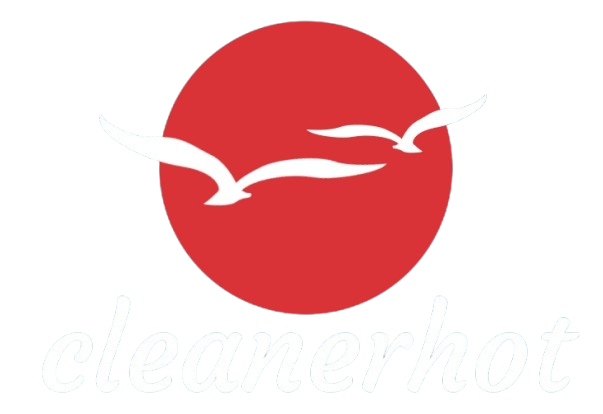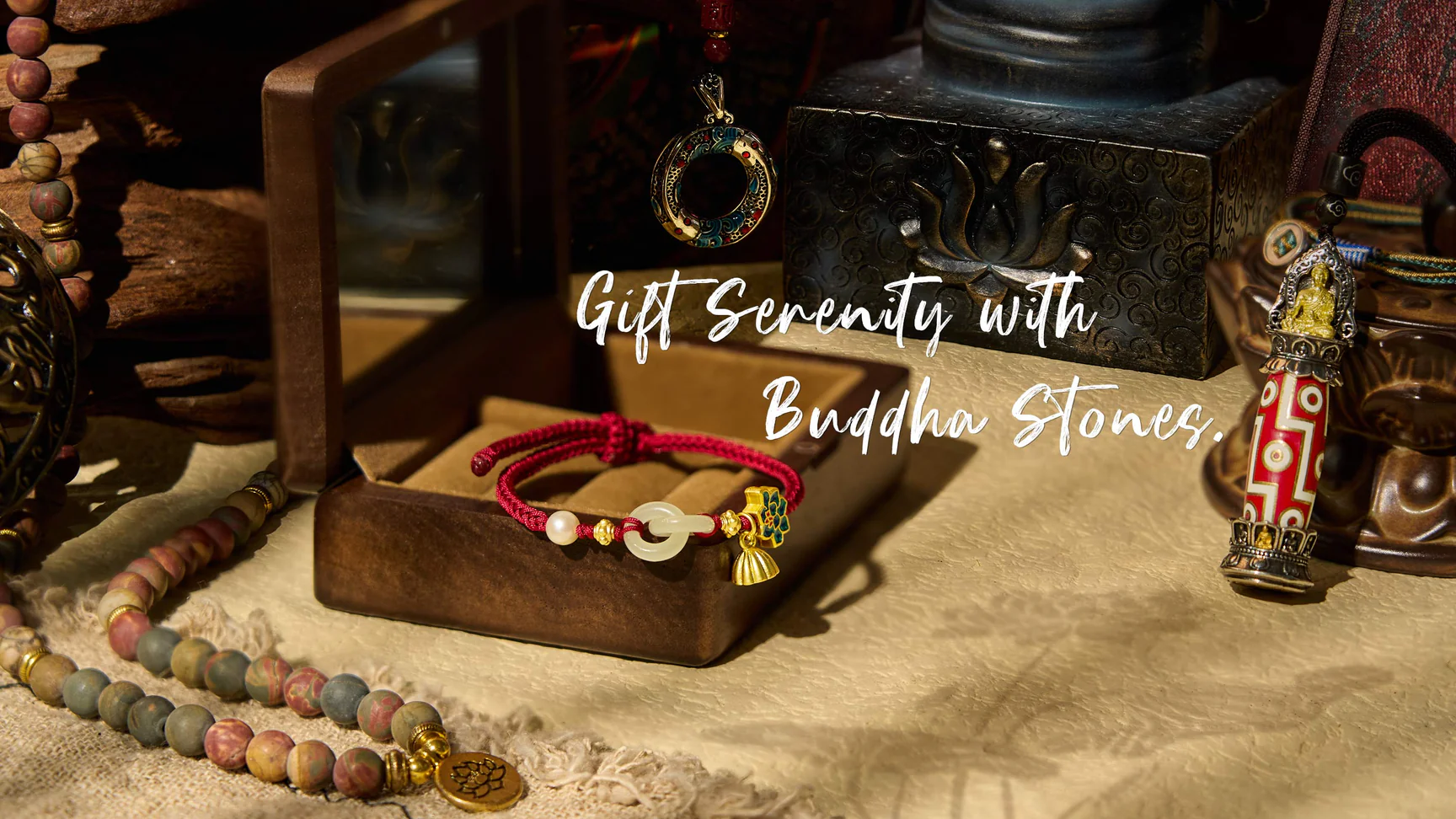When we talk about healing today, two major philosophies come into focus: homeopathy and allopathy. While both aim to support human health, they couldn’t be more different in their approach. One seeks to gently awaken the body’s own healing intelligence, while the other often relies on suppressing symptoms through forceful means. Understanding the contrast between these two systems isn’t just an intellectual exercise—it’s an invitation to rethink how we view illness, symptoms, and healing itself.
Let’s take a fresh look at what truly distinguishes these modalities and why homeopathy, despite centuries of skepticism and suppression, continues to quietly thrive.
The Essence of Homeopathy: Healing with the Body, Not Against It
Homeopathy is built on the elegant idea of “like cures like”, a principle known as the Law of Similars. Rather than overpowering symptoms, it works by introducing subtle doses of substances that, in a healthy person, would produce symptoms similar to those being treated. This gentle stimulation nudges the body’s vital force—its innate intelligence—back into balance.
The name homeopathy stems from the Greek words homoios (similar) and pathos (suffering). Founded in 1796 by German physician Samuel Hahnemann, homeopathy is a system that honors the body’s natural responses. Instead of viewing symptoms as the enemy, it treats them as messages and works to support the body in resolving the root cause.
Homeopathic remedies—highly diluted natural substances—are often made from plants, minerals, and even animal products. Think dandelion, iron phosphate, bee venom, and the ink of the cuttlefish. These remedies are diluted to such an extent that toxicity is virtually nonexistent. What remains is energetic information—subtle yet powerful instructions that the body understands.
Remedies are chosen not solely based on disease names, but by considering the whole person: emotional state, physical symptoms, personality, and even lifestyle. The goal is to treat the individual, not the diagnosis.
Allopathy: The Path of Opposites
The more familiar model for most of us is allopathy, also known as conventional medicine. This system is based on the Law of Opposites—treating symptoms by applying a substance or technique that produces the opposite effect. For instance, fever is countered with antipyretics; inflammation with anti-inflammatories; depression with antidepressants.
Coined by homeopaths in the early 1800s to differentiate the two schools of thought, allopathy (from the Greek allos meaning “other”) approaches illness by identifying the problem, naming it, and then using chemical means to suppress its expression. While often effective in providing quick relief, this method doesn’t usually address the root imbalance that caused the illness in the first place.
In many cases, the issue isn’t eradicated, but merely driven deeper into the system. Take recurring ear infections treated with antibiotics: the symptoms may disappear temporarily, only to return stronger. Or consider seasonal allergies—the chemical relief wears off, and the body rebounds with renewed intensity.
A Matter of Perspective: Symptoms as Signals vs. Enemies
The key difference between homeopathy and allopathy lies in how they view symptoms.
In allopathy, symptoms are typically viewed as something to be silenced. The logic is: if the symptom is gone, the problem is solved.
In homeopathy, symptoms are the body’s language—signals that something needs attention. Rather than silencing them, homeopaths listen closely to understand what the body is trying to say.
Imagine a fire alarm going off. The allopathic approach might be to remove the battery to stop the noise. The homeopathic approach would be to look for the fire.
A Healing Legacy Rooted in History
Homeopathy isn’t new. In fact, it played a pivotal role in American history. During the 1800s, when medical resources were scarce—especially for pioneers venturing westward—homeopathy became an essential companion. Armed with remedy kits and books like The Domestic Physician by Dr. Constantine Hering, families treated themselves on the frontier.
By the early 1900s, homeopathy had a robust presence: 22 medical schools, over 100 hospitals, and more than 1,000 pharmacies in the U.S. A statue of Dr. Hahnemann still stands in Washington, D.C., a quiet tribute to a once-vibrant system.
But political forces changed the landscape. The publication of the Flexner Report in 1910, backed by Carnegie and Rockefeller foundations, reshaped medical education. Favoring pharmaceutical-based medicine, it dealt a heavy blow to homeopathy and other “irregular” healing practices. Most homeopathic schools closed, and the AMA established dominance.
A Quiet Comeback
The rise of antibiotics in the 20th century further pushed homeopathy into the shadows—until those antibiotics began to fail. As resistance to conventional drugs grew and side effects mounted, people began seeking gentler alternatives.
By the 1970s, homeopathy saw a grassroots revival. Families rediscovered its power, and by the 1990s, it had re-entered naturopathic curricula. Today, more doctors, nurses, and holistic practitioners are being trained in homeopathy, adding its depth to their toolkits.
From expectant mothers to newborns, from stressed professionals to elderly patients—homeopathy offers safe, individualized care without chemical toxicity.
Choosing Your Healing Path
Each system has its strengths. Allopathy shines in emergency care, surgeries, and lifesaving interventions. Homeopathy thrives in chronic illness, emotional imbalances, and preventative wellness.
Rather than pitting one against the other, the future of medicine may lie in integration—where the precision of homeopathy meets the innovation of modern science. A truly holistic healthcare system would offer the best of both worlds: compassionate, individualized care that honors the body’s wisdom while utilizing every tool available to restore well-being.
The choice, ultimately, is yours. But understanding your options is the first step to empowered healing.



